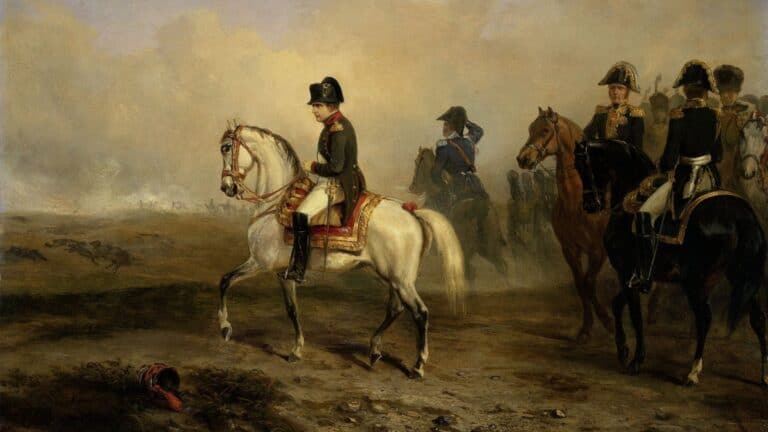What Star Trek Teaches Us About Leadership in Divided Times
Funny how a TV show about space explorers can still teach us more about leadership than half the headlines today.
In uncertain times, people often look to cultural icons for guidance, and Star Trek’s captains remain some of the most enduring leaders in pop culture. Each captain embodies a different philosophy of leadership, offering lessons that resonate in our modern, often divided world. From bold risk-takers to measured diplomats, here’s how the captains of Star Trek can still guide us today.
1. Captain Kirk: Bold Decisions Under Pressure

James T. Kirk’s hallmark was instinct and courage. His leadership style reminds us that in crises, decisiveness can inspire confidence even when risks are high.
2. Captain Picard: Diplomacy and Ethics
Jean-Luc Picard embodied diplomacy, reason, and a strong moral compass. His lessons? Lead with integrity, value dialogue, and hold firm to principles, even when unpopular.
3. Captain Sisko: Strength in Times of War

Benjamin Sisko led through some of the darkest moments in Deep Space Nine. His resilience and ability to adapt show that leadership isn’t always clean; it’s about making tough choices without losing humanity.
4. Captain Janeway: Resourceful Problem-Solving

Stranded in the Delta Quadrant, Kathryn Janeway used grit and resourcefulness to keep her crew united. Her leadership highlights the importance of creativity and adaptability when cut off from easy solutions.
5. Captain Archer: Laying the Groundwork

Jonathan Archer’s leadership wasn’t about perfection but exploration. His mistakes and triumphs teach that pioneering leaders must sometimes stumble to pave the way forward.
6. Michael Burnham: Emotional Intelligence in Leadership

In Discovery, Burnham led with empathy and vulnerability. Her arc shows that modern leaders succeed not just with strategy but by connecting authentically with people.
7. Shared Leadership: The Bridge Crew Model

Beyond captains, Star Trek thrived on diverse crews contributing equally. It reminds us that collective leadership, where voices are valued, can overcome divisions.
8. The Prime Directive: Rules and Morality

The controversial Prime Directive—non-interference—parallels real-world debates about intervention. Good leaders know when to follow rules and when exceptions are necessary for greater good.
9. Diversity and Inclusion as Strength

From Uhura to Spock to Seven of Nine, Star Trek showed that strength comes from different perspectives. Today, inclusive leadership is not just aspirational—it’s essential.
10. Hope as the Core of Leadership

Every captain carried one unshakable trait: hope for a better tomorrow. In divided times, Star Trek teaches that optimism isn’t naïve, it’s the foundation for progress.
The Takeaway

Star Trek’s captains are more than fictional leaders; they’re archetypes for how to navigate real-world challenges. Whether you admire Kirk’s boldness, Picard’s diplomacy, or Janeway’s ingenuity, their lessons remind us that true leadership is about uniting people, and keeping hope alive, no matter the odds.
Fantasmagorie: Celebrating The Strange Origins of Cartoons

Animation didn’t start with Disney, or even Mickey Mouse. Its roots trace back to optical illusions, experimental artists, and a French cartoon that looked nothing like what we know today. From dancing skeletons to surreal sketches, here’s how cartoons began and evolved into the animated world we love.
READ: Fantasmagorie: Celebrating The Strange Origins of Cartoons








